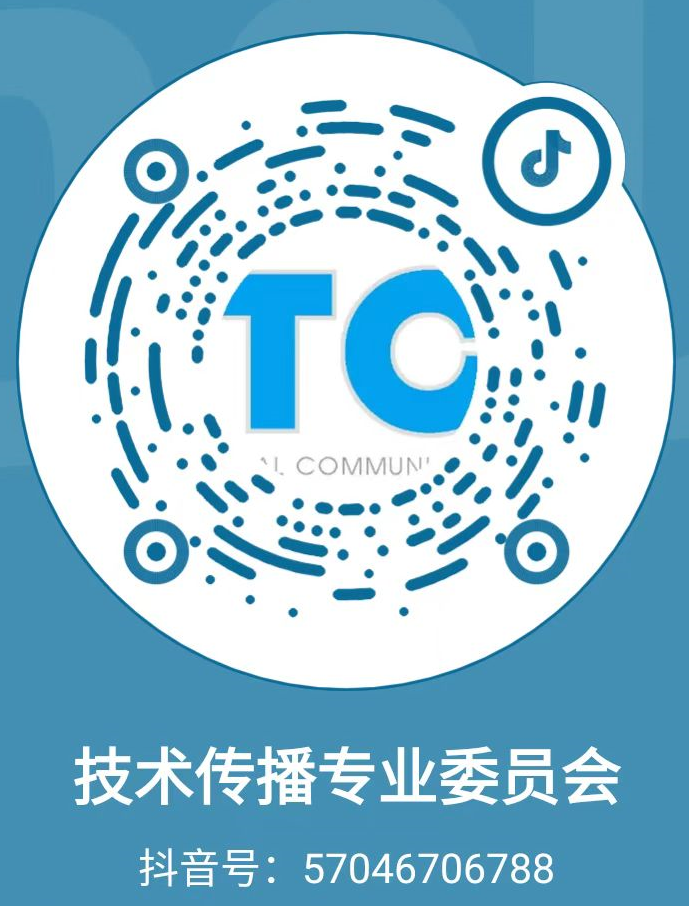ASTC(NSW) 2012 annual conference: Day 2
2012-11-04 10:00:00 新闻来源:cybertext.wordpress.com
My session on remote working (telecommuting) was the first of the day (see ‘Resources for Remote Working presentation‘).
remote working (telecommuting)Resources for Remote Working presentationPaul Watson from Atlassian followed with a case study of collaboration between Atlassian and Conservation Volunteers Australia on setting up a wiki to manage CVA’s corporate documentation and intranet needs.
Next was Glenda Browne who gave a comprehensive overview of the state of indexes in the world on eBooks and the moves afoot to get better indexes in them.
After morning tea, Dave Gash gave us lots of good advice and real world examples for using controlled language, detailing advantages at the corporate, author, technical, and user levels. Controlled language is hugely beneficial if you’re translating content as it substantially reduces costs. ‘Use the same words the same way ALL the time to aid user comprehension’. Dave also discussed various controlled language tools. And he made us laugh… a lot. Who’d have thought that such a potentially dry subject could be so interesting!
Will Ford spoke about what Sony Australia is doing in the eLearning space to train (mostly young) sales people in the retail stores that sell Sony products. As Sony releases so many products and so quickly, development of eLearning materials has to be rapid. He showed us some product demonstration videos and emphasized that you don’t have to spend a lot of production (time or money) to get a decent demo.
Dr Daniel Moody’s talk on the art and science of effective diagramming was really interesting. He’s a very accomplished and professional speaker too. He emphasized that word/text use the auditory system of the brain, while images/diagrams etc. use the visual system. The objective is to to communicate effectively and clearly, not produce works of art. What looks good may not communicate well. Diagrams form a critical part of IT/business practice but there is little/no education for IT/business professionals in diagramming. He talked about ‘cognitive effectiveness’ — the speed and ease at which a diagram can be processed by the human mind. However, cognitive effectiveness is not an intrinsic property of diagrams — it must be designed into them. A ‘good’ diagram is a cognitively effective one. Daniel then talked briefly about the seven principles for creating cognitively effective diagrams: discriminability (easy to read — size, contrast, proximity); modularity (break large diagrams into chunks/separate diagrams); cognitive integration (use perceptive cues for navigating large diagrams to get one coherent picture [I may not have got that right]); emphasis (draw attention to the most important information only; not everything is equally important); structure (put like things together); identification (use labeling); and visual expressiveness (use a full range of techniques such as color, visual placement). One other thing from his presentation that I think is worth mentioning is that he said that the general principle of graphic design is to have no more than three levels of visual hierarchy and that every visual should have a focal point. This was an excellent presentation!
I won’t comment on the final presentation. If you were there, you’ll understand what I mean. If you weren’t there, then it doesn’t matter.
Some other jottings:
- There’s nothing more frustrating and boring than a speaker who reads their slides word for word and doesn’t add anything more to them. Especially when those slides are reproduced in the conference booklet for us to all ‘read along’ with the speaker…
- If you’ve set the timing in PowerPoint to rehearse your presentation, TURN IT OFF before giving that presentation! And if you realize it’s still on and tell the audience that you realize it, then TURN IT OFF at that point instead of ploughing on regardless. The audience would be much more forgiving of you turning it off immediately it was noticed than having to deal with you flipping back to the previous slide all the time as the next one popped up automatically.
- Stick to the topic. There were several presentations that wandered off into anecdotes that didn’t relate to the topic at hand.
Thanks to the ASTC(NSW) Conference committee, and especially Janet Taylor, for organizing the conference. Thanks also to Warren who made sure the sound and lights kept working and to Rob for being such a competent MC.
